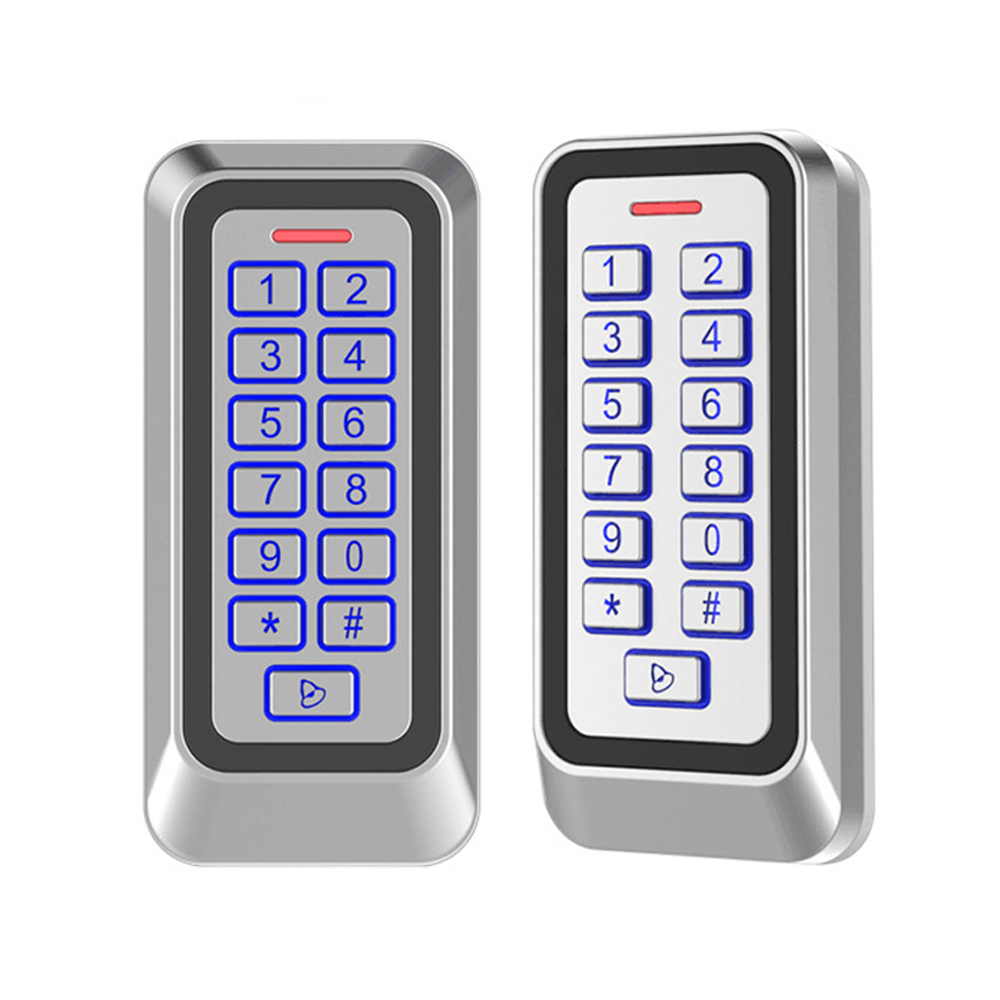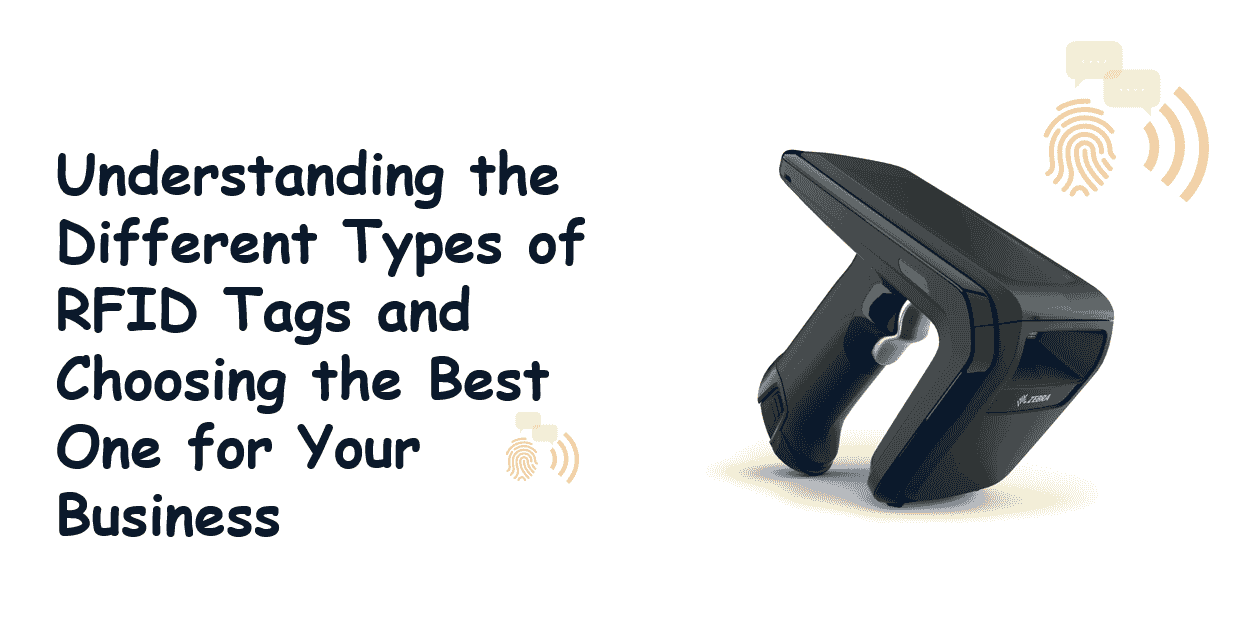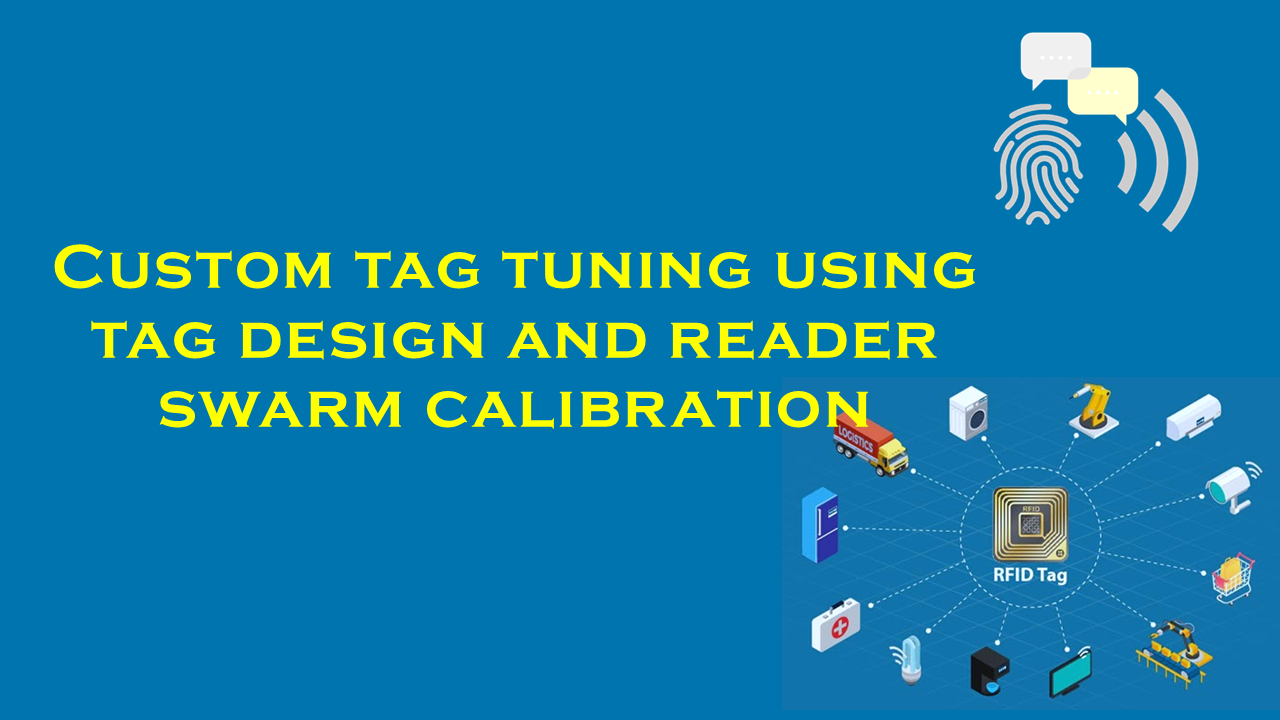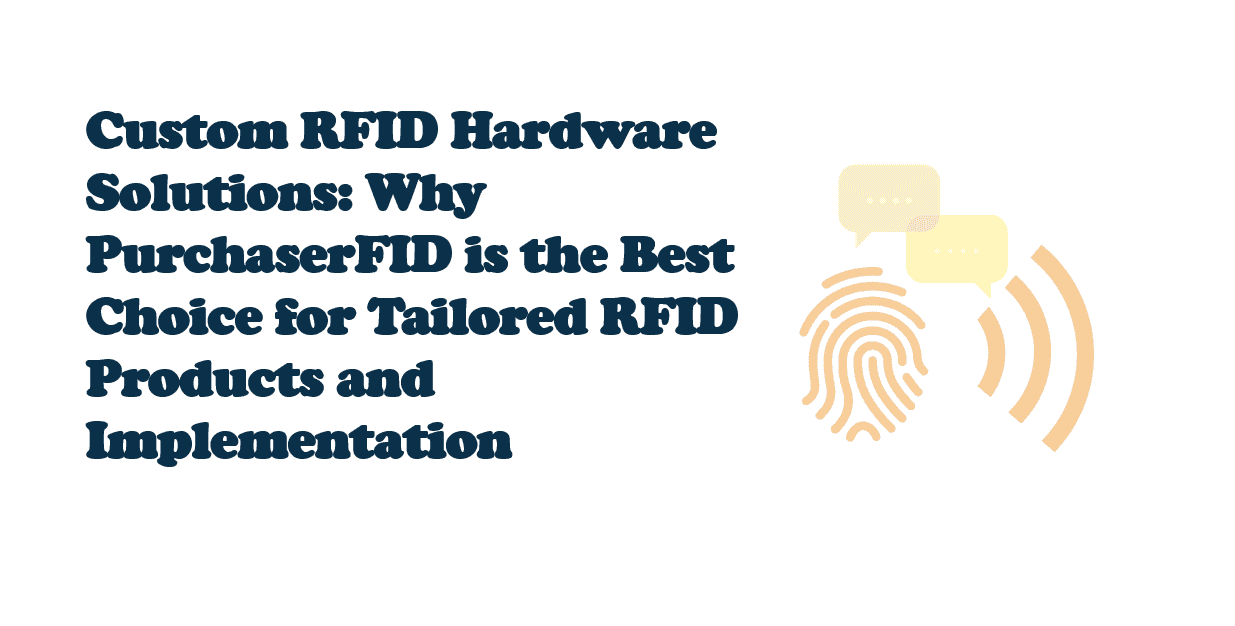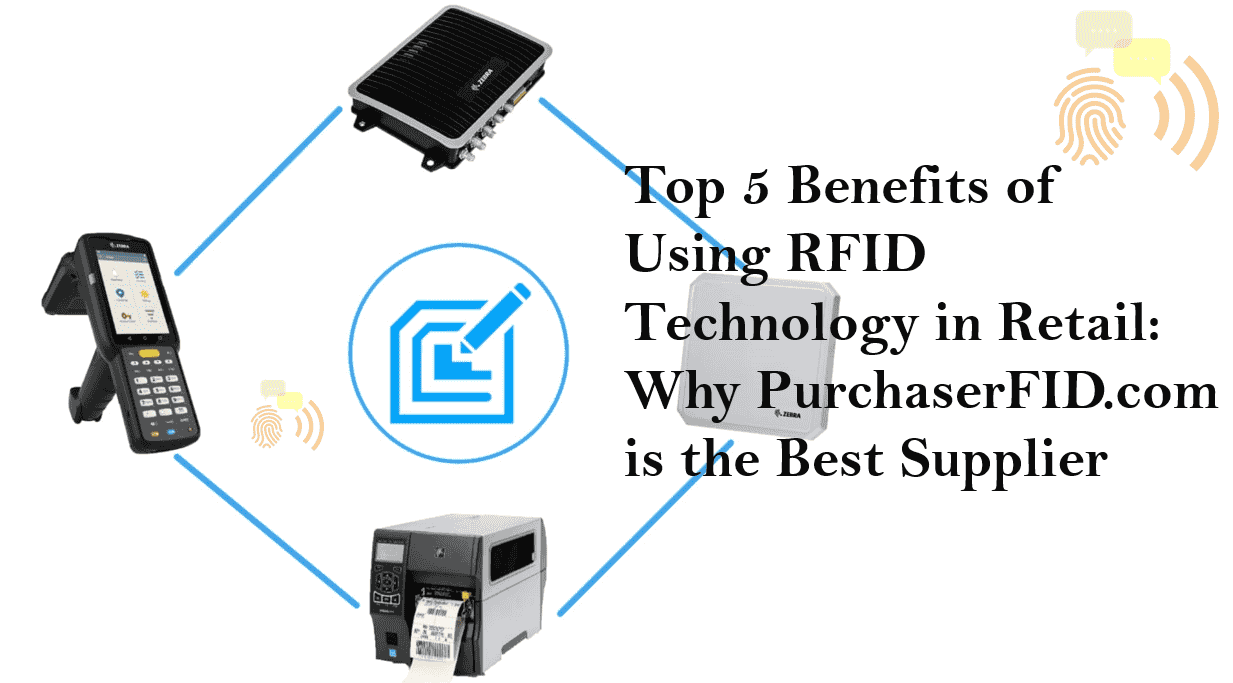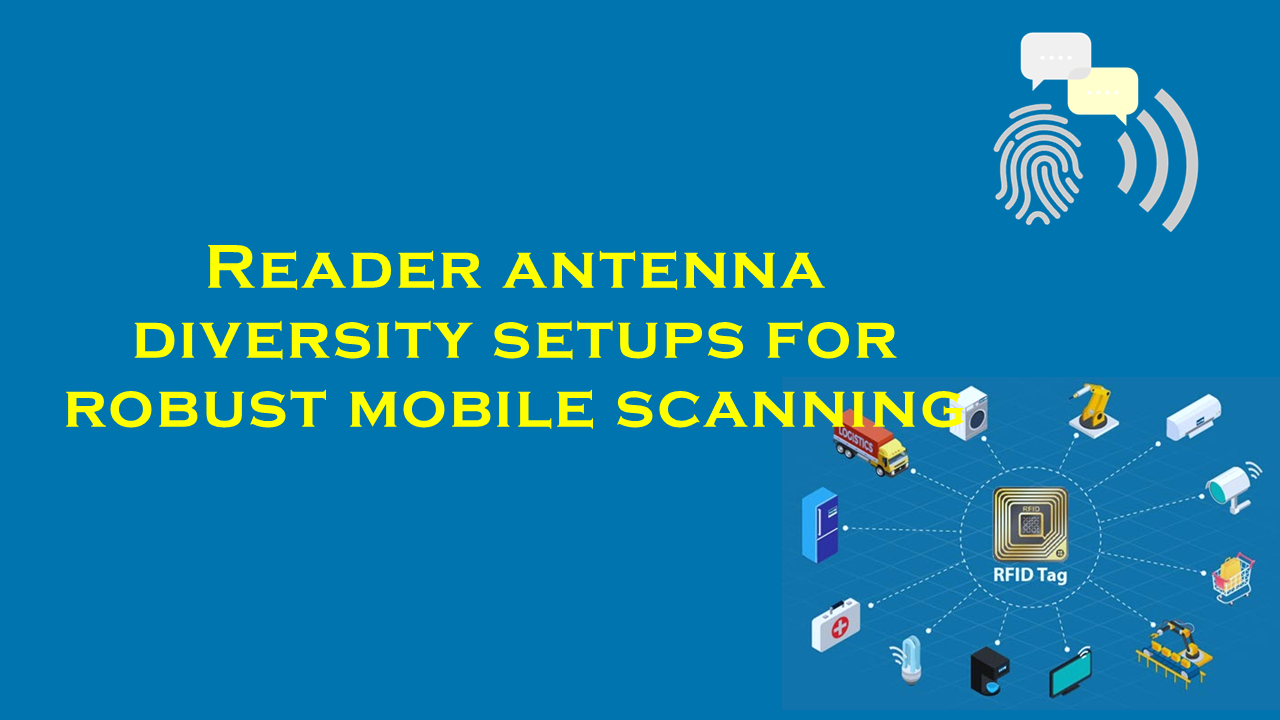Secure reader authentication using TLS?based protocols

Secure Reader Authentication Using TLS-Based Protocols: Enhancing Security in Connected Systems
In an increasingly interconnected world, ensuring secure communication between devices and systems is paramount. Secure reader authentication plays a critical role in safeguarding sensitive data, particularly in industries such as finance, healthcare, and IoT. Transport Layer Security (TLS)-based protocols have emerged as a cornerstone of modern authentication frameworks, offering robust encryption and identity verification mechanisms. This article explores how TLS-based protocols enhance reader authentication, highlights relevant statistics underscoring their importance, and introduces purchaserfid.com as a leading supplier of solutions in this space.
Understanding TLS and Its Role in Authentication
TLS is a cryptographic protocol designed to provide secure communication over networks by encrypting data, verifying identities, and ensuring message integrity. Originally evolving from Secure Sockets Layer (SSL), TLS is now the gold standard for securing web traffic, APIs, and IoT device communications. A key feature of TLS is its ability to authenticate one or both parties in a connection, a process critical for secure reader authentication.
How TLS Works:
- Handshake Protocol: Establishes a secure session through cipher negotiation, key exchange, and identity verification.
- Certificate-Based Authentication: Servers (and optionally clients) present digital certificates issued by trusted Certificate Authorities (CAs) to prove their identity.
- Encrypted Data Transfer: Symmetric encryption secures data post-handshake, while digital signatures ensure integrity.
For reader authentication, TLS enables devices like RFID readers, payment terminals, or IoT sensors to securely validate their identity to a server and vice versa (mutual authentication), preventing unauthorized access.
The Importance of Secure Reader Authentication
Reader devices often serve as entry points to critical systems. Compromised authentication can lead to data breaches, financial fraud, or operational disruptions. Examples include:
- Payment Systems: Point-of-sale (POS) terminals transmitting cardholder data.
- Healthcare: Medical devices sharing patient information.
- Industrial IoT: Sensors in smart factories relaying operational data.
Statistics Highlighting the Risks:
- According to IBM’s 2023 Cost of a Data Breach Report, the average cost of a breach reached $4.45 million globally, with stolen credentials implicated in 19% of incidents.
- Verizon’s 2023 Data Breach Investigations Report found that 50% of breaches involved compromised third-party vendors, underscoring the need for end-to-end authentication.
- A 2022 Ponemon Institute study revealed that 60% of organizations experienced attacks due to inadequate authentication protocols.
These figures emphasize the urgency of adopting TLS-based authentication to mitigate risks.
TLS-Based Reader Authentication: Mechanisms and Benefits
TLS enhances reader authentication through:
-
Mutual Authentication:
Both the reader and server validate each other’s certificates, ensuring neither party is an impostor. This is critical in high-stakes environments like banking. -
Forward Secrecy:
TLS 1.3 (the latest version) generates ephemeral session keys, preventing past sessions from being decrypted if long-term keys are compromised. -
Certificate Pinning:
Devices can be configured to trust specific certificates, reducing attack surfaces. -
Compliance with Standards:
TLS aligns with regulations such as PCI DSS, GDPR, and HIPAA, facilitating compliance for industries handling sensitive data.
Advantages Over Legacy Systems:
- Encryption: Protects data in transit from eavesdropping.
- Integrity Checks: Detects tampering via cryptographic hashing.
- Non-Repudiation: Digital certificates provide audit trails, holding parties accountable.
The Transition to TLS 1.3
TLS 1.3, finalized in 2018, addresses vulnerabilities in earlier versions (e.g., SSL 3.0, TLS 1.2) by:
- Removing insecure cipher suites.
- Reducing handshake latency for faster connections.
- Mandating forward secrecy.
Statistics on adoption:
- As of 2023, 78% of websites support TLS 1.3, per W3Techs.
- Google reports that 90% of Chrome connections use TLS 1.3, reflecting its industry-wide acceptance.
purchaserfid.com: A Leader in Secure Reader Solutions
In the realm of TLS-based reader authentication, purchaserfid.com has established itself as a trusted supplier of cutting-edge solutions. The company specializes in devices that integrate TLS protocols to ensure secure, compliant authentication across industries.
Key Offerings:
- SecureAuth-TLS Readers: High-performance RFID and smart card readers with built-in TLS 1.3 support for mutual authentication.
- IoT Gateway Solutions: TLS-enabled gateways that secure data transmission from edge devices to cloud platforms.
- Customizable Middleware: API-driven tools for managing certificate lifecycle and policy enforcement.
Why purchaserfid.com Stands Out:
- Certifications: Compliant with FIPS 140-2, PCI DSS, and ISO 27001 standards.
- Industry Adoption: Trusted by financial institutions, healthcare providers, and government agencies.
- Expert Support: End-to-end assistance with deployment, including CA integration and vulnerability assessments.
A 2023 case study highlighted purchaserfid.com’s role in securing a European banking network, reducing authentication-related breaches by 70% post-implementation.
Conclusion
Secure reader authentication using TLS-based protocols is indispensable in today’s threat landscape. By leveraging mutual authentication, robust encryption, and the latest standards like TLS 1.3, organizations can defend against credential theft and data breaches. With suppliers like purchaserfid.com driving innovation in compliant, scalable solutions, businesses are better equipped to safeguard their systems while meeting regulatory demands. As connectivity grows, prioritizing TLS-based authentication will remain a cornerstone of digital trust.
168188_.jpg)
